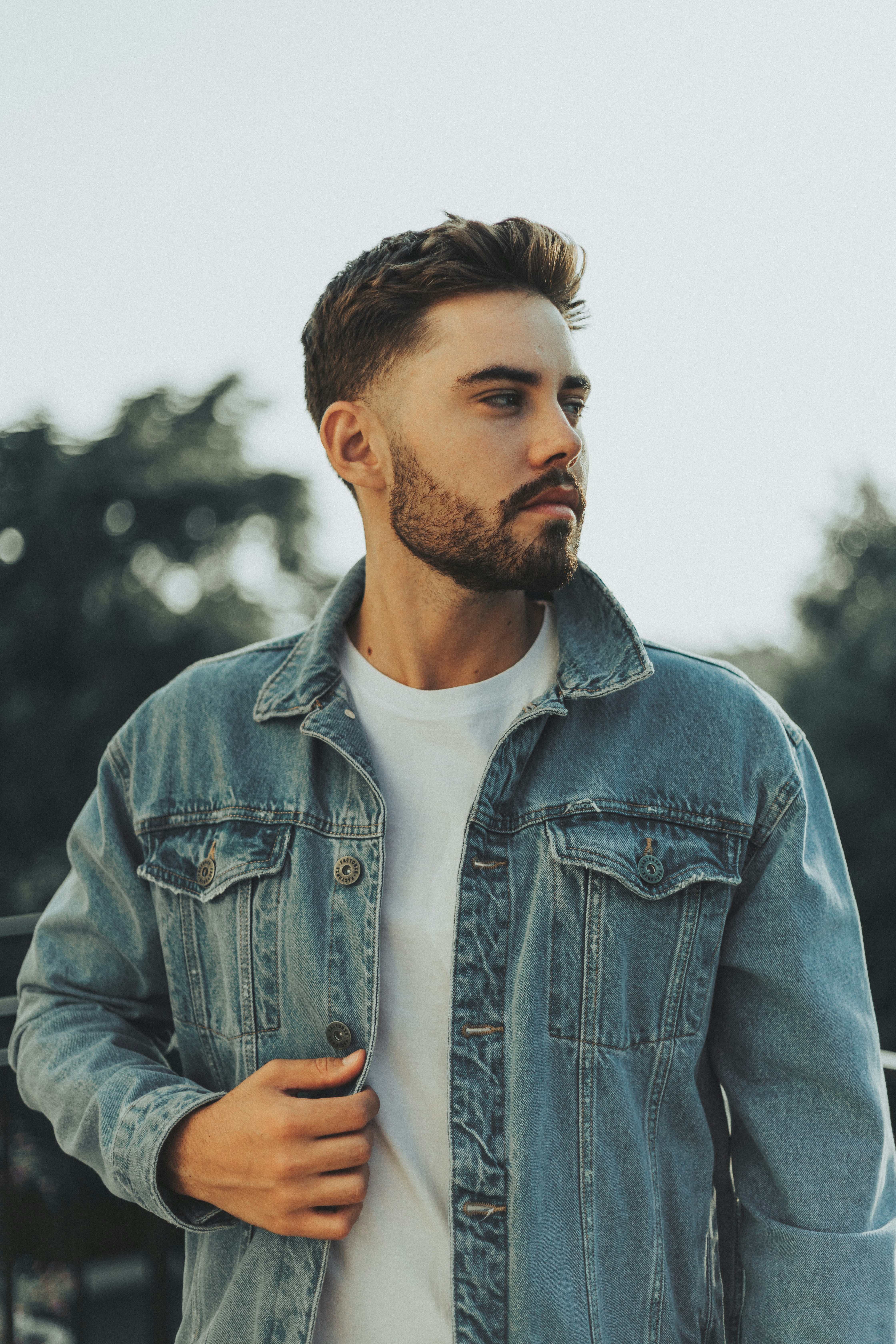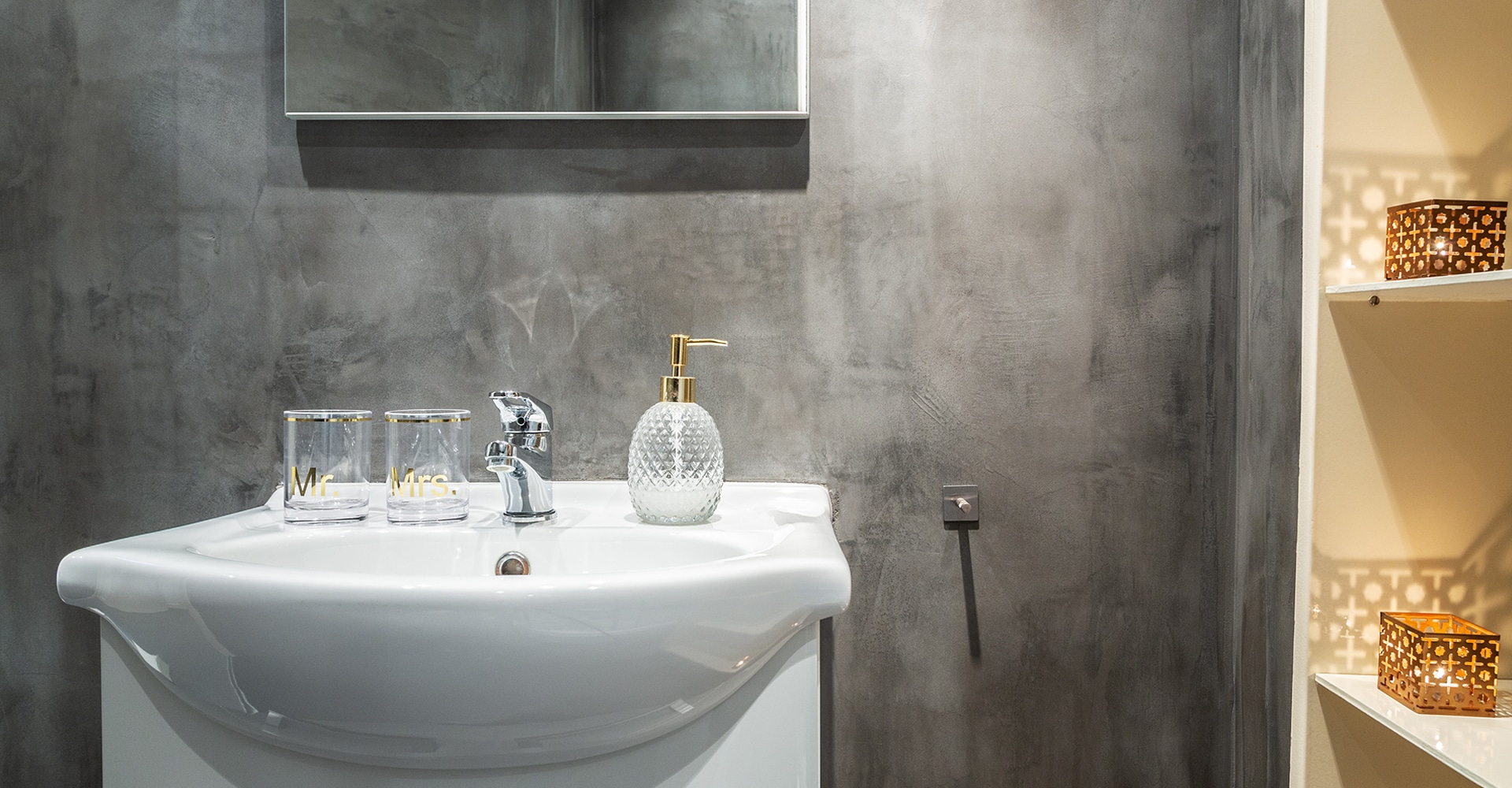Few hairstyles have made as big a comeback as the taper fade. Sleek, clean, and easy to personalize, the taper fade has become one of the most requested cuts in barbershops worldwide. From low fades that barely touch the neckline to bold, high tapers with contrast, there’s a version for every face shape and style.
So what exactly is a taper fade, and which one should you ask for? Here’s everything you need to know before your next haircut.
What is a taper fade?
A taper fade is a haircut where the hair gradually shortens from the top down to the sides and neckline. The fade creates a smooth transition from longer to shorter hair, giving a clean, blended look.
Unlike a full fade, which usually goes all the way down to the skin, a taper fade keeps a bit more length around the sideburns and nape of the neck. The result is sharp but subtle, the perfect balance between professional and modern.
According to Rush Hair, the key difference is that a taper fade “focuses on blending without completely erasing the hairline,” making it more versatile for work, casual wear, and even formal styles.
The different types of taper fades
There isn’t just one kind of taper fade. Depending on how bold or low-key you want your look, barbers often talk about three main versions.
Low taper fade
This is the most natural and subtle version. The hair is faded only slightly above the ears and neckline. It’s ideal if you want a cleaner outline without drawing too much attention.
The low taper fade works especially well for curly or wavy hair, as it shapes the natural texture without removing too much volume.
Mid taper fade
A mid taper fade sits between subtle and striking. The fade starts around the middle of the head, offering more contrast than the low version but still maintaining balance.
This is a go-to look for anyone who wants a trendy yet professional vibe. Great for students, office settings, or anyone who likes a modern edge.
High taper fade
The high taper fade starts closer to the temples and dramatically shortens toward the sides. It’s bold, clean, and pairs perfectly with sharp edges or designs.
High tapers are especially popular among athletes and performers, as they emphasize the face shape and jawline.
For inspiration, you can check out examples like those featured on Forteseries, which shows how barbers adapt fade height and angles to fit each person’s look.
Taper vs fade – what’s the difference?
It’s one of the most common questions in barber shops: Is a taper fade the same as a fade?
The short answer: not exactly.
A fade usually goes down to the skin (a “skin fade”), creating a more dramatic contrast. A taper fade, on the other hand, keeps a bit more hair at the edges, especially near the neckline and sideburns.
The StyleSeat guide explains it well: tapers focus on “graduation and shape,” while fades are about “contrast and exposure.” So if you want a softer, cleaner look that grows out evenly, the taper fade is your best bet.
How to get a taper fade haircut
If you’re visiting a barber for the first time, here’s how to make sure you get the fade you want:
- Show a reference photo. Even a small difference in fade height changes the look.
- Tell your barber your daily routine. If you wear hats, glasses, or need low maintenance, they’ll adjust the taper’s shape.
- Ask for detailing. A sharp edge-up or temple fade can enhance the outline without extra length.
- Maintenance matters. Schedule a touch-up every 2–3 weeks to keep the fade crisp and clean.
Popular taper fade combinations
The taper fade is endlessly adaptable. Here are some trending variations in 2025:
- Curly hair taper fade – lets curls pop while keeping sides tidy.
- Blowout taper fade – combines volume on top with a smooth, airy fade.
- Taper fade with line-up – sharp outlines around the forehead and temples.
- Afro taper fade – iconic for textured hair, balancing structure and natural form.
- Straight hair low taper fade – minimalist and easy to style daily.
Why the taper fade stays timeless
Part of the taper fade’s appeal is how it suits every face and every lifestyle. It’s a statement without being loud, the kind of haircut that works in a suit or with sneakers.
The style also reflects individuality. From viral low taper fade memes to TikTok barbers creating cinematic transformations, this cut has become more than a trend: it’s a cultural staple.
If you’re into personal style, grooming, and the way music or pop culture shapes trends, check out our feature on hosting your own home concert. It’s another way to bring creativity and confidence into your look and lifestyle.
FAQ: taper fade haircut
What is a taper fade?
A haircut that gradually shortens toward the neckline, creating a blended, clean look without going completely bald at the edges.
What’s the difference between a low and high taper fade?
Low tapers fade near the ears and neckline for subtlety; high tapers fade higher up for stronger contrast.
Is a taper fade good for all hair types?
Yes. Barbers can adjust fade length and angle for curly, straight, thick, or thin hair.
The bottom line
The taper fade isn’t just a hairstyle: it’s a statement of precision, versatility, and style. Whether you go low, mid, or high, it’s one of those rare looks that works everywhere: clean enough for work, cool enough for weekends, and timeless enough to stay trending for years.





-3.jpg)

